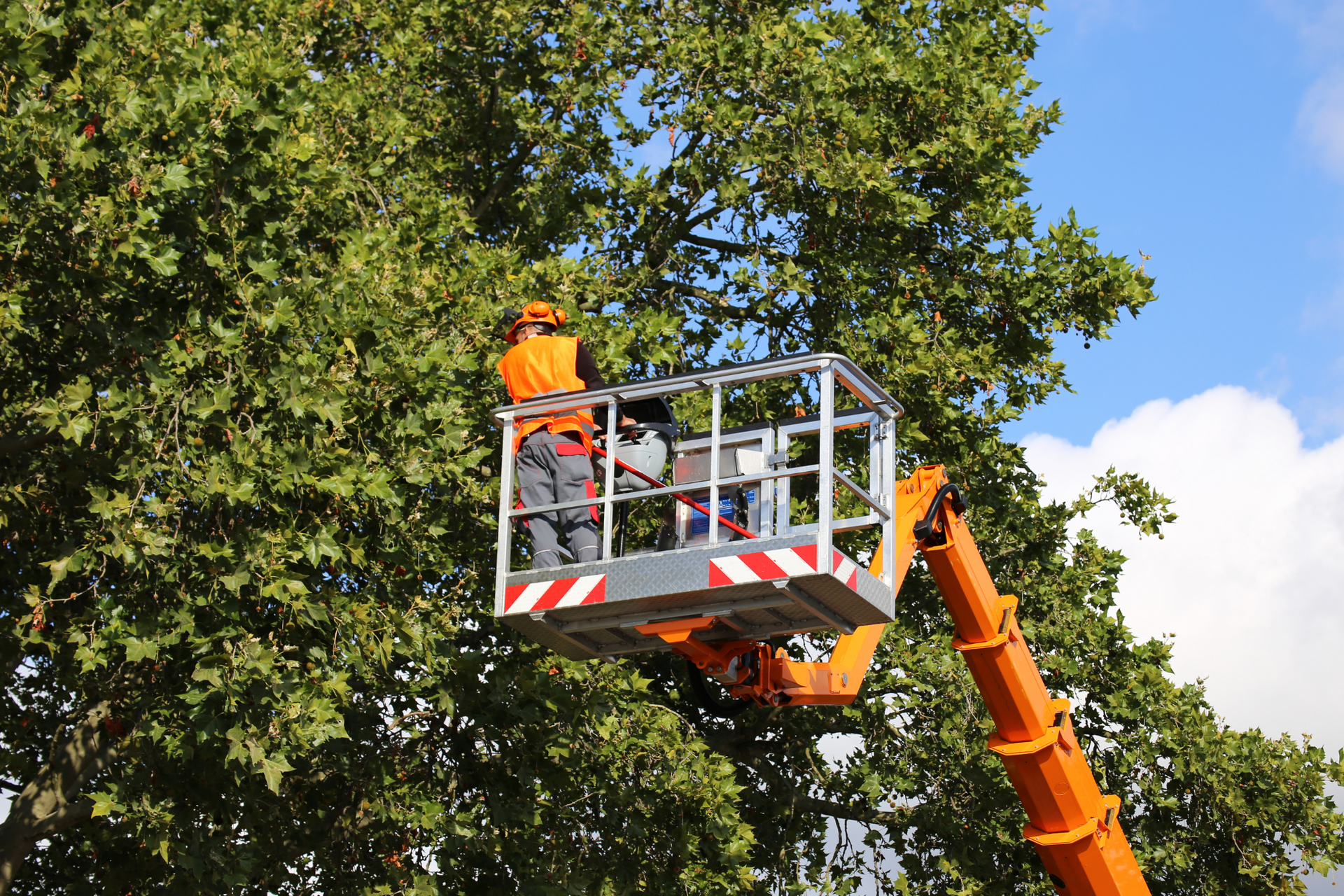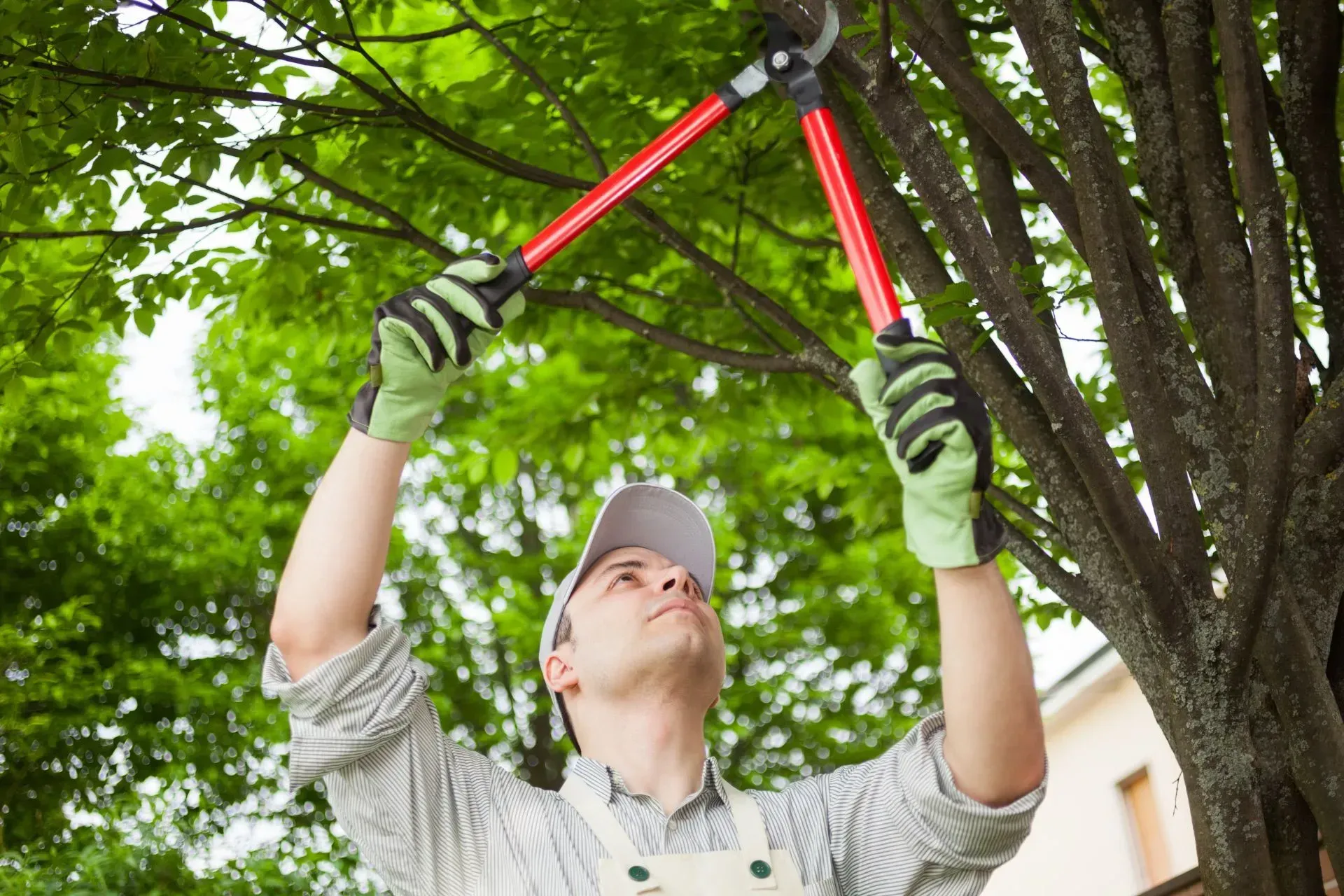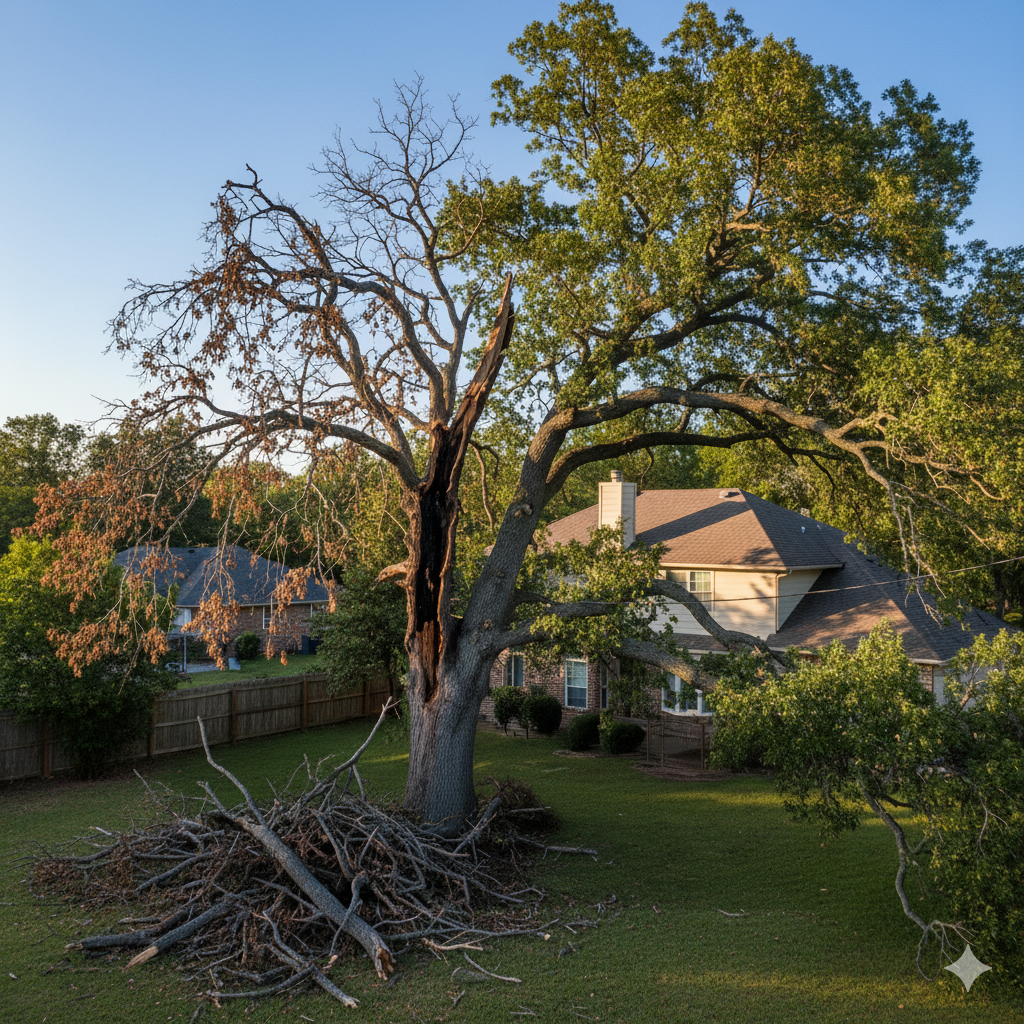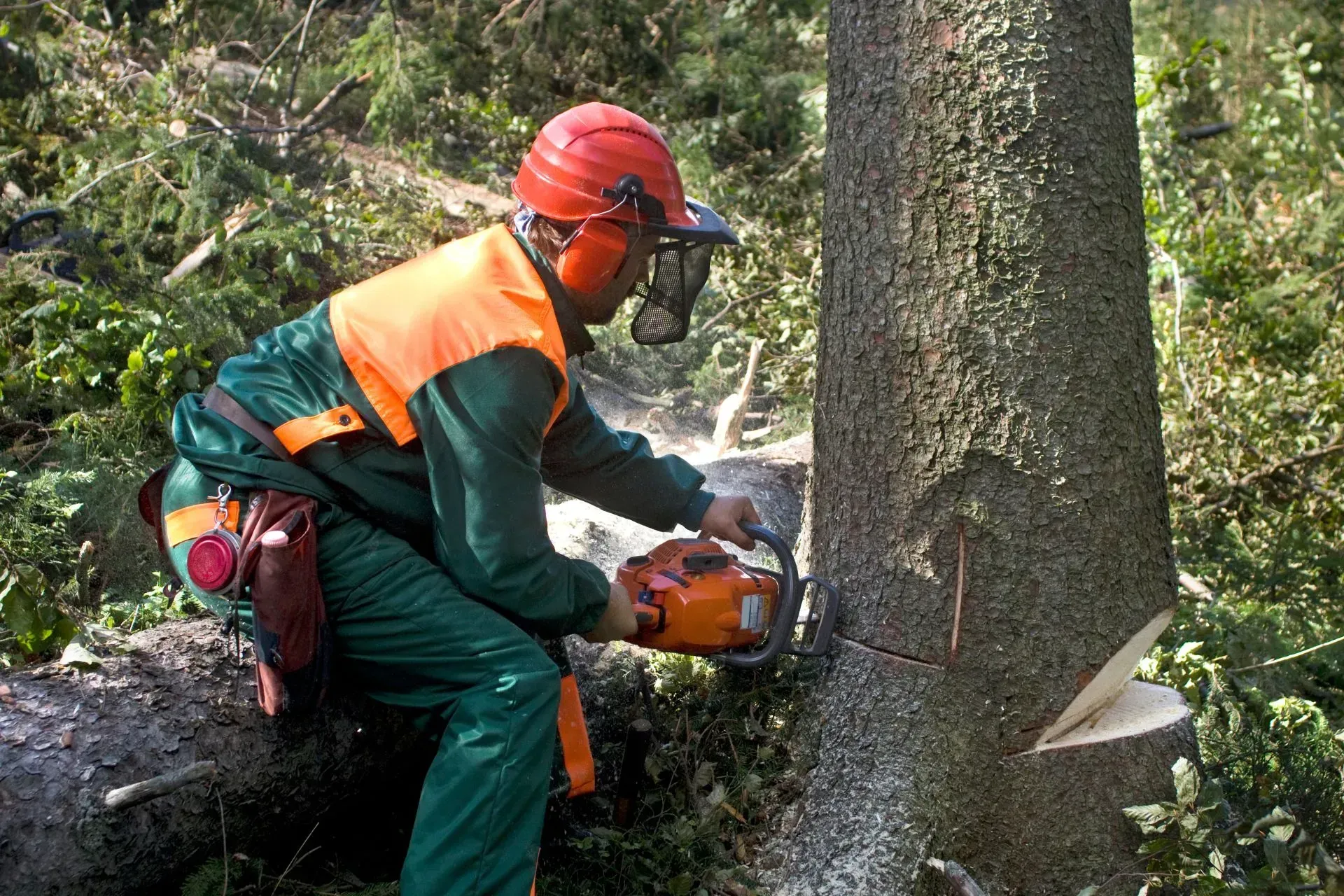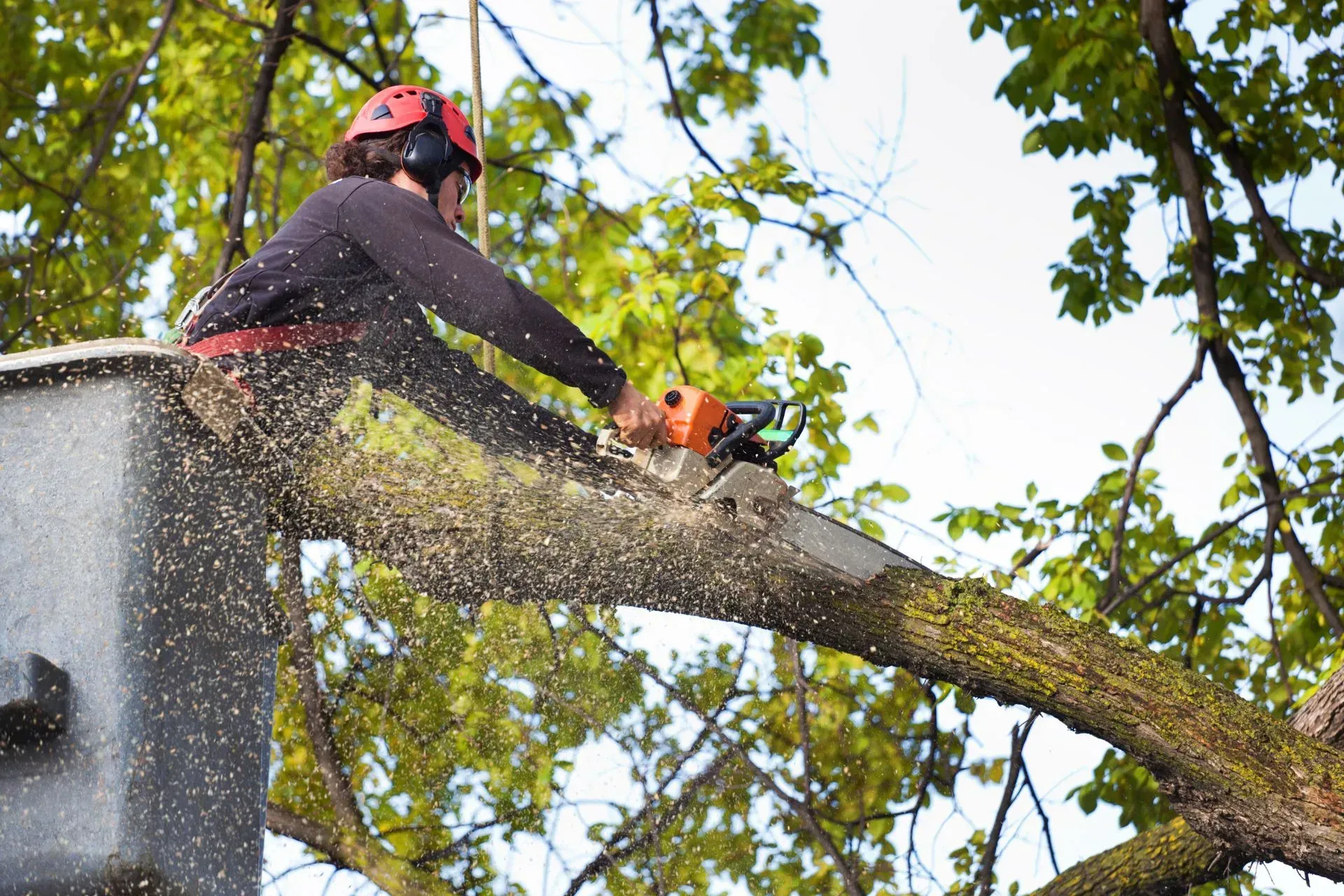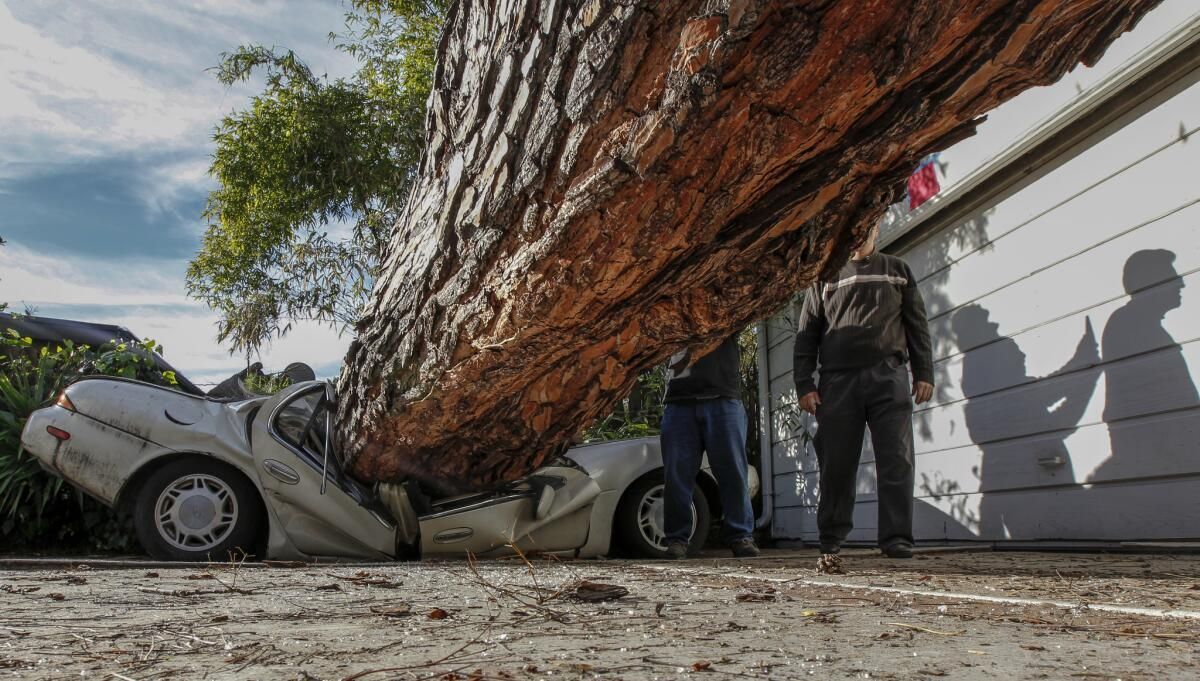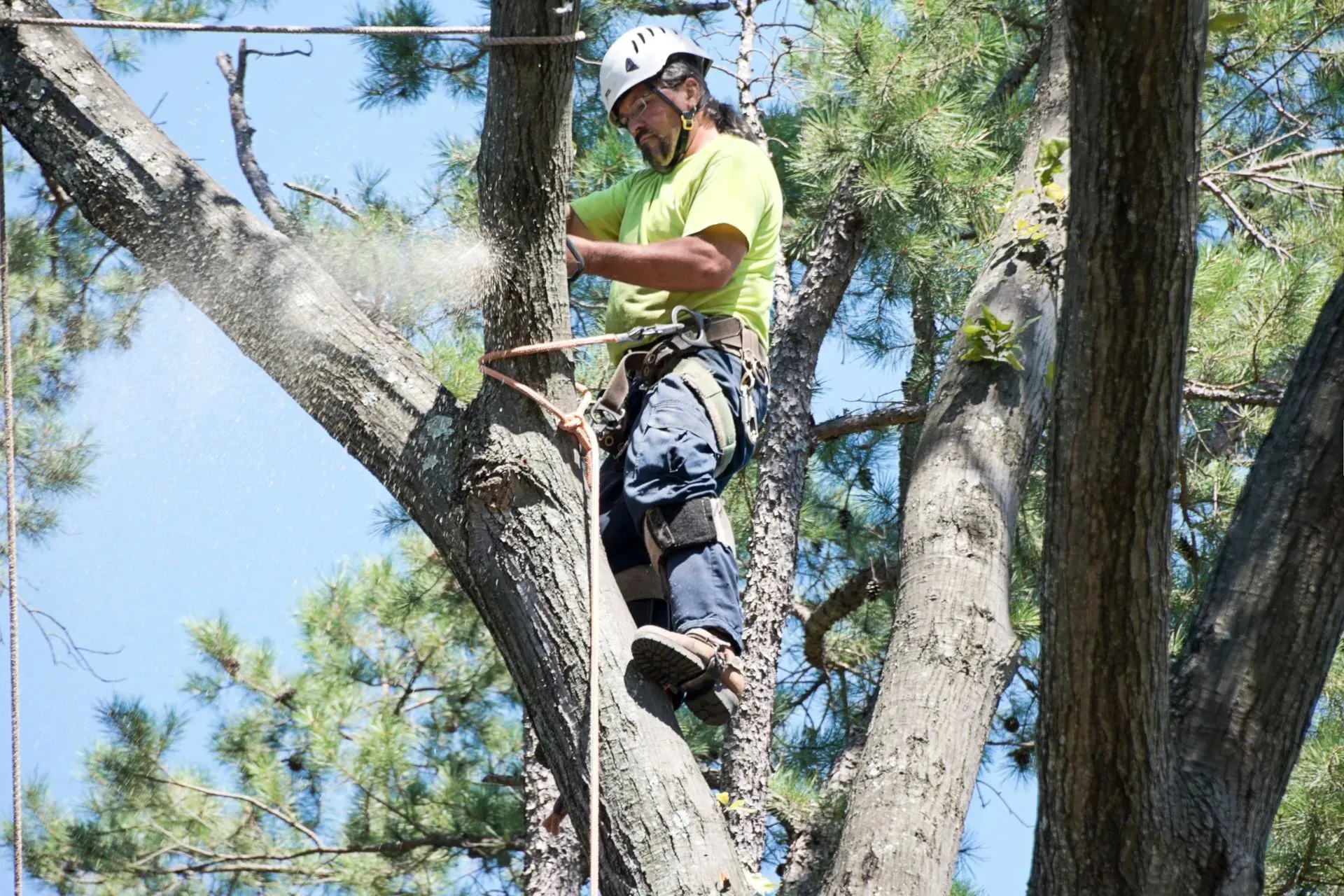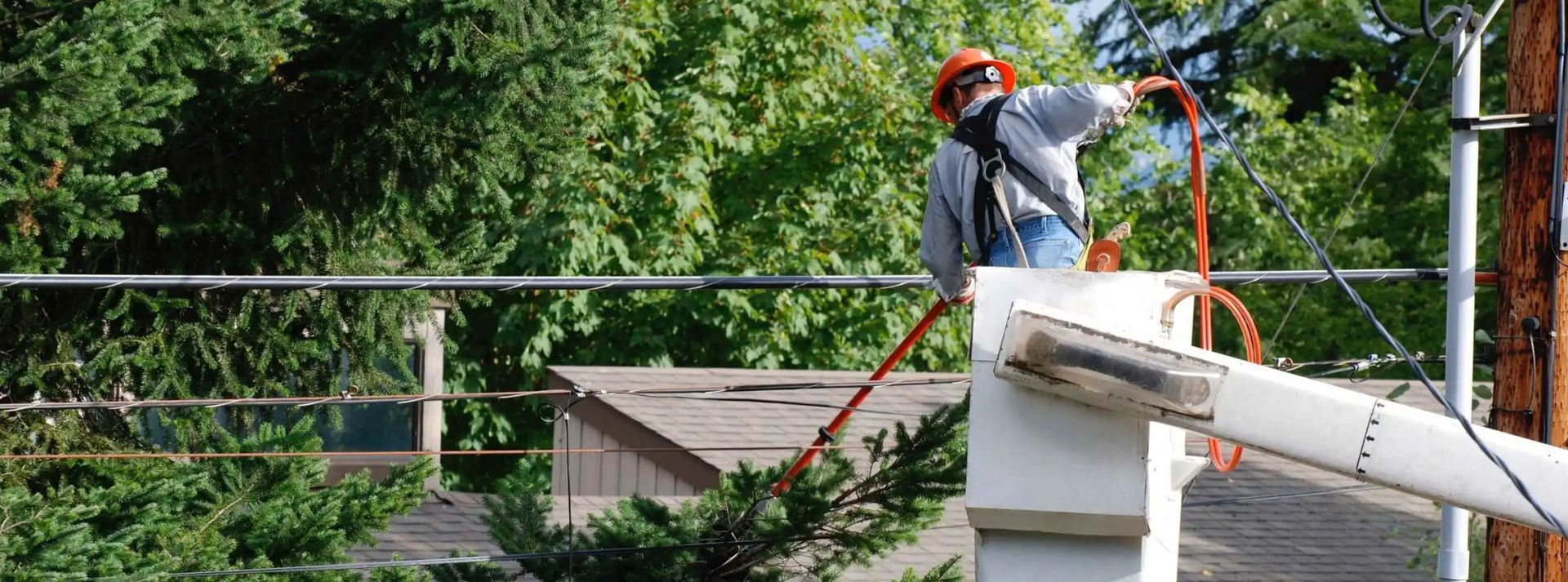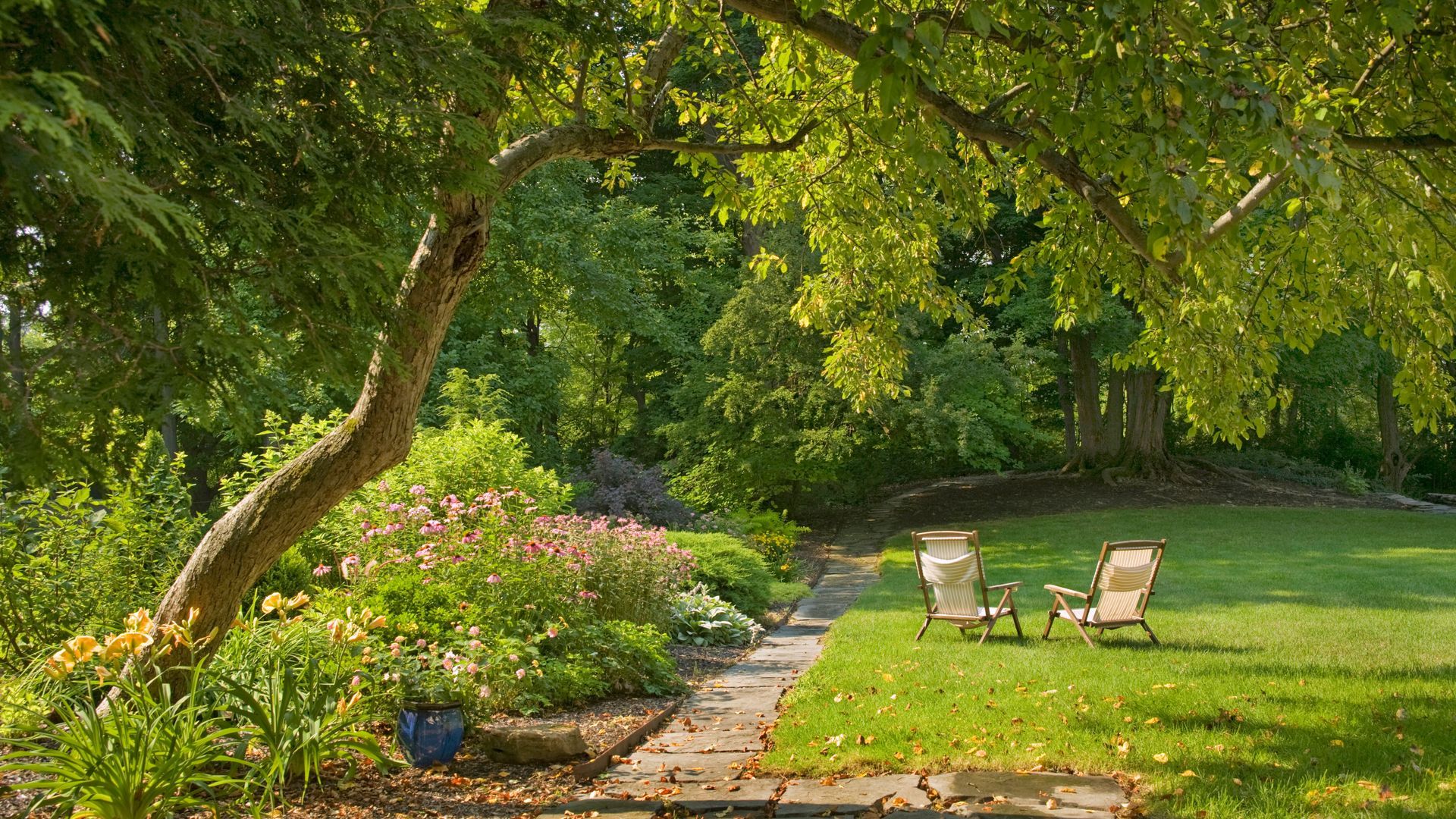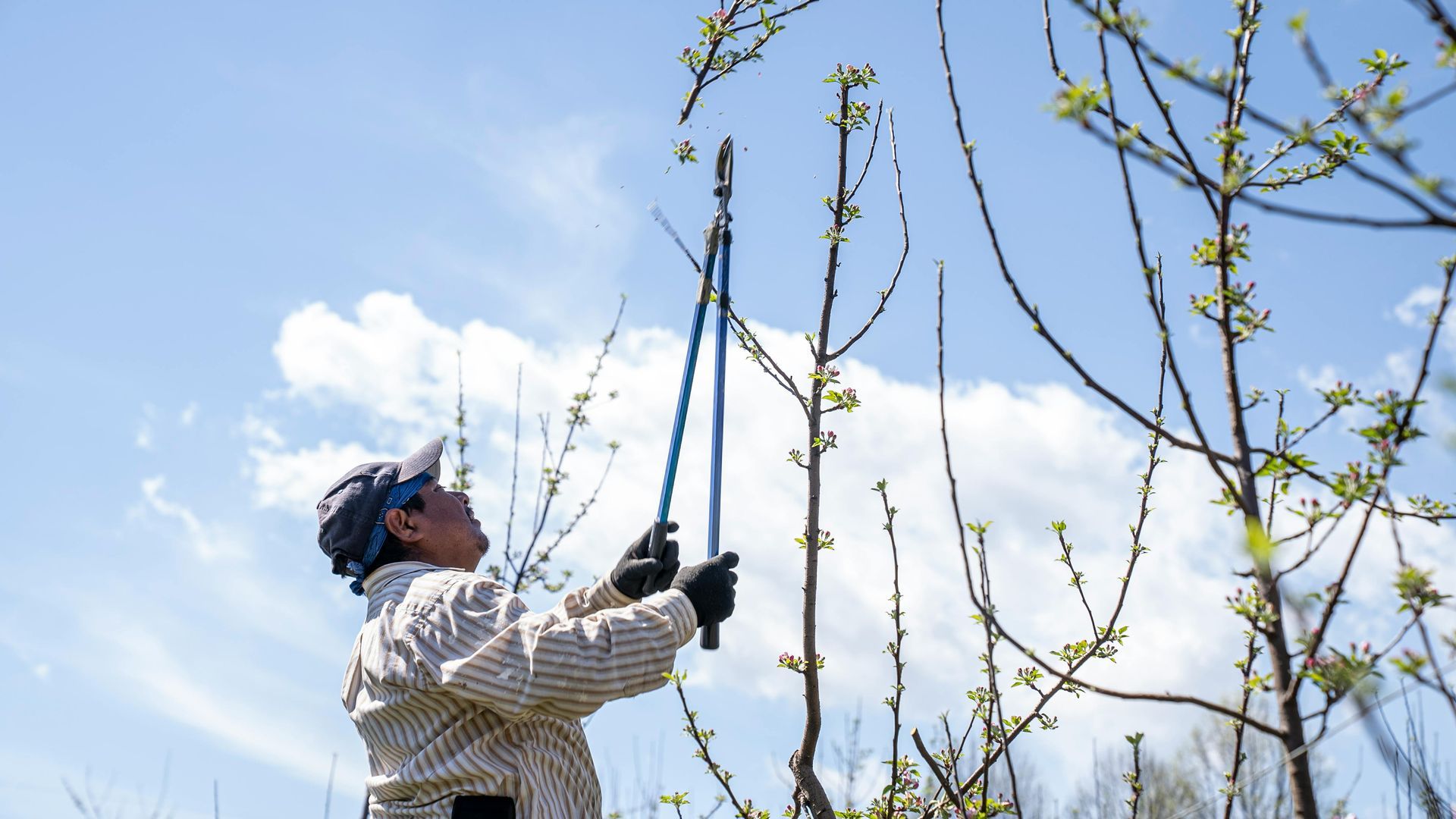A Homeowner’s Complete Guide to Healthy Trees: Trimming, Maintenance, and Emergency Care
Your trees are more than just part of your landscaping; they are living assets that enhance your property's beauty, value, and ecological health. Like any valuable asset, they require consistent, knowledgeable care to thrive. Neglect can lead to disease, structural weakness, and potential hazards. This comprehensive guide will walk you through the essentials of tree maintenance, from routine trimming to emergency response, ensuring the long-term health and safety of your green companions.
Here at Tree Service Perfection West Covina, we believe that an informed homeowner is a tree's best friend. Let's delve into what it takes to cultivate a safe and beautiful urban canopy right in your own yard.

Why Your Trees Deserve More Than Just a Passing Glance
Investing in proper tree care yields significant returns that go far beyond simple aesthetics. Understanding these benefits can help you appreciate the importance of a proactive maintenance plan.
- Increased Property Value: Well-maintained, mature trees can increase your property's value by up to 20%. They provide curb appeal, shade, and a sense of establishment that is highly attractive to potential buyers.
- Energy Savings: Strategically placed trees can provide shade in the summer, reducing your air conditioning costs. In the winter, they can act as a windbreak, lowering heating expenses.
- Environmental Benefits: Trees are environmental powerhouses. They improve air quality by absorbing pollutants, produce oxygen, reduce stormwater runoff, and provide vital habitats for wildlife.
- Safety and Liability: A neglected tree with dead or weak branches is a significant liability. Regular inspections and trimming prevent accidents, protecting your family, home, and property from damage during storms or high winds.
The Rhythm of the Year: A Seasonal Tree Maintenance Calendar
A tree's needs change with the seasons. Following a yearly calendar helps ensure you're providing the right care at the right time, promoting vigorous growth and resilience.
| Season | Key Tasks & Focus |
|---|---|
| Spring | Inspect for winter damage. Perform light pruning to remove any broken or dead branches. Apply mulch to retain soil moisture and wait for new growth to fully emerge before any major structural pruning. This is also a good time to check for early signs of pests or disease. |
| Summer | Focus on hydration. Ensure trees, especially young ones, receive adequate water during dry spells. Monitor closely for signs of stress, insect infestations, or disease, as these are most active in warmer months. Avoid heavy pruning, which can stress the tree in high heat. |
| Autumn | As leaves fall, it's easier to see the tree's structure. This is an ideal time for pruning and trimming to improve form and remove problematic branches. Rake up fallen leaves to prevent the spread of fungal diseases. |
| Winter | The dormant season is the best time for significant structural pruning for most deciduous trees. With the branch structure fully visible, an arborist can easily identify and correct issues like crossing branches, weak limbs, and poor form. |
The Art and Science of Tree Trimming: More Than Just Cutting Branches
Proper trimming is one of the most crucial aspects of tree care. It's a scientific process that influences a tree's health, structure, and lifespan. Understanding the basics can help you make informed decisions.
Pruning vs. Trimming: What's the Difference?
While often used interchangeably, these terms have distinct meanings. Trimming typically refers to cutting back overgrown plants for aesthetic purposes, like shaping hedges or shrubs. Pruning, on the other hand, is the selective removal of specific branches (like dead, diseased, or crossing limbs) to improve a tree's health, safety, and structural integrity.
Essential Pruning Techniques for Tree Health
A professional arborist uses specific cuts to achieve different goals:
- Cleaning: The removal of dead, dying, diseased, or broken branches. This is the most basic and vital pruning practice for tree health and safety.
- Thinning: Selectively removing branches to increase light penetration and air movement throughout the canopy. This reduces the risk of disease and can lessen the 'sail effect' in high winds.
- Raising: Removing lower branches to provide clearance for buildings, vehicles, or pedestrians. This is common in urban environments.
- Reduction: Reducing the height or spread of a tree by pruning back leaders and branch terminals to smaller, lateral branches. This is a delicate technique that maintains the tree's structural integrity.
The Cardinal Sin of Tree Care: Why "Topping" is a Terrible Idea
Tree topping is the indiscriminate cutting of major branches and tree tops, leaving large, unsightly stubs. While some may think this is a good way to reduce a tree's size, it is incredibly harmful. Topping starves the tree by removing too much of its leaf-bearing canopy, creates weak and poorly attached new shoots, and exposes the tree to pests and decay. It is a damaging practice that should always be avoided.
DIY or Call the Pros? Knowing Your Limits
For small, young trees, pruning minor branches that can be reached from the ground with hand tools might be a manageable DIY task. However, for any work involving mature trees, ladders, chainsaws, or proximity to power lines, you must call a professional. The risks of personal injury and property damage are too high. The experts at Tree Service Perfection West Covina have the training, insurance, and specialized equipment to perform the work safely and effectively.
Decoding Distress Signals: How to Tell if Your Tree is Sick or Dying
Trees often show subtle signs of stress or disease before a major problem develops. Regularly inspecting your trees can help you catch issues early.
- Deadwood: Large, dead branches in the upper canopy are a clear sign of a problem.
- Cracks or Splits in the Trunk: Deep cracks can indicate structural weakness.
- Decay and Fungus: Mushrooms or other fungal growth on the trunk or at the base are often signs of internal rot.
- Peeling Bark or Cankers: Areas of dead bark (cankers) or significant peeling can point to an underlying health issue.
- Sudden Leaf Discoloration or Loss: If leaves turn yellow or brown, or drop during the growing season, the tree is under stress.
- Significant Leaning: A sudden or progressive lean, especially with soil heaving at the base, indicates potential root failure and is an immediate hazard.
After the Storm: A Homeowner's Guide to Emergency Tree Care
Storms can wreak havoc on your trees. Knowing what to do in the aftermath is crucial for safety.
Step 1: Safety First - Assess from a Distance
After a storm, your first priority is safety. Stay away from downed power lines and treat them all as if they are live. Look for hanging branches (known as 'widow-makers') that could fall at any moment. Do not attempt to do any cleanup work yourself if there are major hazards present.
Step 2: Document the Damage
Once it is safe, take photos of any damage to your trees and property. This documentation will be essential for any insurance claims.
Step 3: Call for Professional Emergency Service
For significant damage, such as a fallen tree on your home, a blocked driveway, or large broken limbs, you need immediate professional help. Emergency tree services, like those offered by our team, are available to handle these dangerous situations. Contact a reputable service to safely remove hazards and assess the health of your remaining trees. You can reach out to professionals through our contact page.
Partnering with Professionals for a Thriving Landscape
Caring for your trees is a long-term commitment that pays dividends in beauty, safety, and value. While this guide provides a foundation, the expertise of a certified arborist is invaluable. Regular professional inspections and maintenance can prevent small issues from becoming costly emergencies and ensure your trees live long, healthy lives. By partnering with a dedicated team, you are investing in the future of your landscape. To learn more about our philosophy and approach, visit our homepage.
Frequently Asked Questions
How often should my trees be professionally trimmed?
This depends on the tree's species, age, and location. As a general rule, mature trees should be inspected and trimmed every 3-5 years, while younger, faster-growing trees may need it every 2-3 years. Fruit trees often require annual pruning for best production.
Can I trim large branches overhanging my house myself?
No. This is extremely dangerous work that should only be performed by insured and certified professionals. They have the proper equipment for rigging, cutting, and safely lowering heavy branches without damaging your property or risking injury.
What is the best time of year to prune most trees?
The dormant season (late fall through winter) is ideal for pruning most deciduous trees. The absence of leaves allows for a clear view of the branch structure, and the tree is less susceptible to stress, pests, and disease. However, dead or hazardous branches can and should be removed at any time of year.
How can I tell if a tree service company is reputable?
A reputable company will be fully licensed and insured (ask for proof of liability and worker's compensation insurance). They should have certified arborists on staff, provide detailed written estimates, and have positive online reviews and local references. Avoid companies that pressure you into immediate decisions or recommend aggressive practices like topping.
